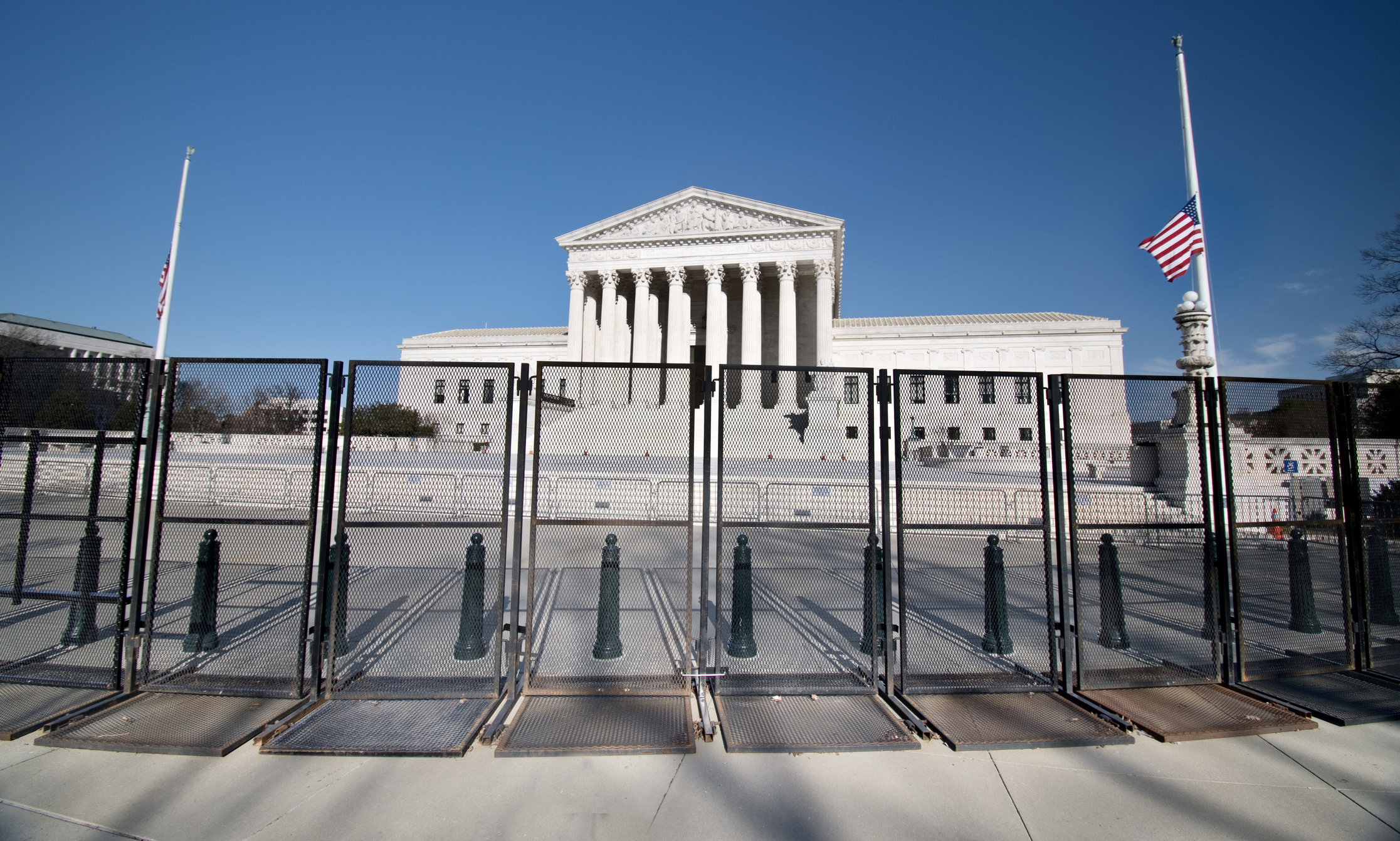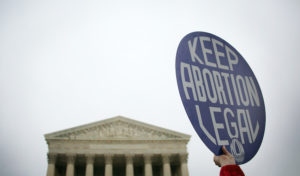
The majority’s reasoning in Dobbs v. Jackson Women’s Health entrenches the historical failures of the United States.
The decision of the Supreme Court of the United States in Dobbs v. Jackson Women’s Health overruling Roe v. Wade is a tectonic shift in the constitutional landscape. The Court’s ruling that the Constitution does not protect the right to decide whether to continue or terminate a pregnancy rejects a major reaffirmation of that right in Whole Woman’s Health v. Hellerstedt issued just six years ago and overrules the Supreme Court’s most thorough statement on the application of stare decisis to settled precedent in Planned Parenthood v. Casey. The consequences of that ruling to the human rights and citizenship status of women, girls, and all others who can become pregnant are immediate and grave, and the public health impact for the entire United States is urgent.
The Dobbs majority justified its radical shift in doctrine through a method of constitutional interpretation that purports to rely on a strict account of historical practice when determining the scope of substantive liberty protected under the Due Process Clause. In earlier substantive due process cases, the Court has asked whether rights not explicitly set forth in the text of the Constitution are “deeply rooted in the Nation’s history and tradition” and “essential to a scheme of ordered liberty.” Dobbs interprets that doctrine to require a showing that the actual protection of abortion rights was in fact consistently practiced throughout the statutory and common law traditions of the United States.
Finding that not to be the case, the Dobbs Court holds: “the clear answer is that the Fourteenth Amendment does not protect the right to an abortion.” The decision severely disrupts the constitutional doctrine of human rights under the Due Process Clause and overrules half a century of precedent around which millions of Americans have structured their personal, professional, and family lives.
The majority’s constitutional methodology in Dobbs demands scrutiny on many fronts: its disregard for the harm that forced pregnancy laws will inflict on half the U.S. population; its dismissal of women’s reliance interests in Roe as immaterial and inferior to the more “concrete” interests that arise in “cases involving property and contract rights;” and its erasure of the millions of Black Americans who suffered the most brutal forms of forced pregnancy under the system of chattel slavery that the Thirteenth and Fourteenth Amendments aimed to eradicate.
My focus in this commentary is the analytical use the Dobbs majority makes of its account of the historical record. Leaving to one side the many problems with its description of the status of abortion in the U.S. legal tradition, the majority posits a specific role for that legal archive. For the right to control one’s own reproductive life to be “deeply rooted in the Nation’s history and tradition,” the Court reasons, there must be a robust history of states recognizing an affirmative right to abortion or at least legally permitting the practice. Because the legal archive instead shows a frequent practice of denying women autonomy over their bodies, the Court holds that the right to secure an abortion finds no protection under the Due Process Clause. The original meaning of the Constitution, the majority asserts, is to be found in the consensus of social praxis at the time of its drafting. That praxis must be treated as a limit on the scope and nature of the rights the Constitution will protect. It is this stunted account of history and practice in constitutional interpretation that I wish to challenge.
When we write and ratify a Constitution, or write and ratify amendments, what are we doing? Are we crystalizing a near-universal consensus of actual practices that are unfolding on the ground—of how people are actually leading their lives and making public policy decisions day by day? When we explicitly protect freedom of speech and freedom of religion, or when we prohibit unreasonable searches and seizures or cruel and unusual punishment, is it because we as a society are already putting into practice a robust and reliable commitment to protect outrageous speech and infidel religions or to repudiate unreasonable searches and cruel punishments?
Of course not. A constitution does not simply crystallize an existing set of day-to-day practices that are so well established as not to be subject to serious question. A constitution makes a commitment over time to important principles. The reason a society needs such a charter is precisely that humans are flawed and hypocritical creatures who regularly fail to live up to their commitments from day to day even as they proclaim and reaffirm the importance of those commitments.
When the Dobbs majority invokes its vision board of historical precedents to show that governments were not in fact respecting the rights and autonomy of women in prior centuries of U.S. and European legal history—an account that, astonishingly, does not even mention the systematic rape, forced pregnancy, and exploitation of the reproductive lives of Black women during slavery—they are asking a nonsensical question. That record of failure no more forecloses claims under the Constitution’s protection of liberty than the long history of punishing dissenting speech or heretical faiths hobbles the First Amendment.
Societies instantiate commitments to principles in written constitutions because they know that they regularly fail to adhere to those principles. And as the U.S. Supreme Court has said many times in less revanchist moments, the American constitutional tradition recognizes the need to interpret and revisit its commitments to principles over time as the nation’s evolving, collective understanding of humanity and its growth as a civilized society enable it to see those commitments in new terms.
Professor Michael Dorf, a constitutional scholar at Cornell Law School, has coined the phrase “the aspirational constitution” to describe a mode of constitutional creation and interpretation that seeks to elevate a set of profound commitments over time in response to a society’s demonstrated capacity to violate those commitments in the moment. Professor Dorf distinguishes this aspirational mode of constitution-making from what he terms an “anti-backsliding principle” where a widespread consensus in social praxis does emerge at the time a constitution is written and the people want to guard against any future retrenchment on that consensus.
It is far too easy for a court to wrap itself exclusively in the anti-backsliding mode of interpretation and to scorn constitutional aspiration, claiming that doing so constrains the judiciary to objectively verifiable and politically legitimate decisions. We must fight actively against that limiting impulse.
A constitution sometimes acts aspirationally to bind current and future generations to difficult commitments where a long record of failure demonstrates the need for such strictures. When self-identified originalists point to the procession of oppressive policies in the 19th, 18th, or apparently 13th centuries that failed to respect important principles in the daily business of governance, and then treats those failures as absolute limits on the commitment to principle that the people undertook when drafting and ratifying a written constitution, they are framing an impotent account of the aspirations that attach to a founding charter.
This small and mean description of the role of the historical archive in constitutional interpretation in Dobbs is one of the Supreme Court’s greatest failures.
This essay is a part of a ten-part series entitled The Supreme Court’s 2021-2022 Regulatory Term.




